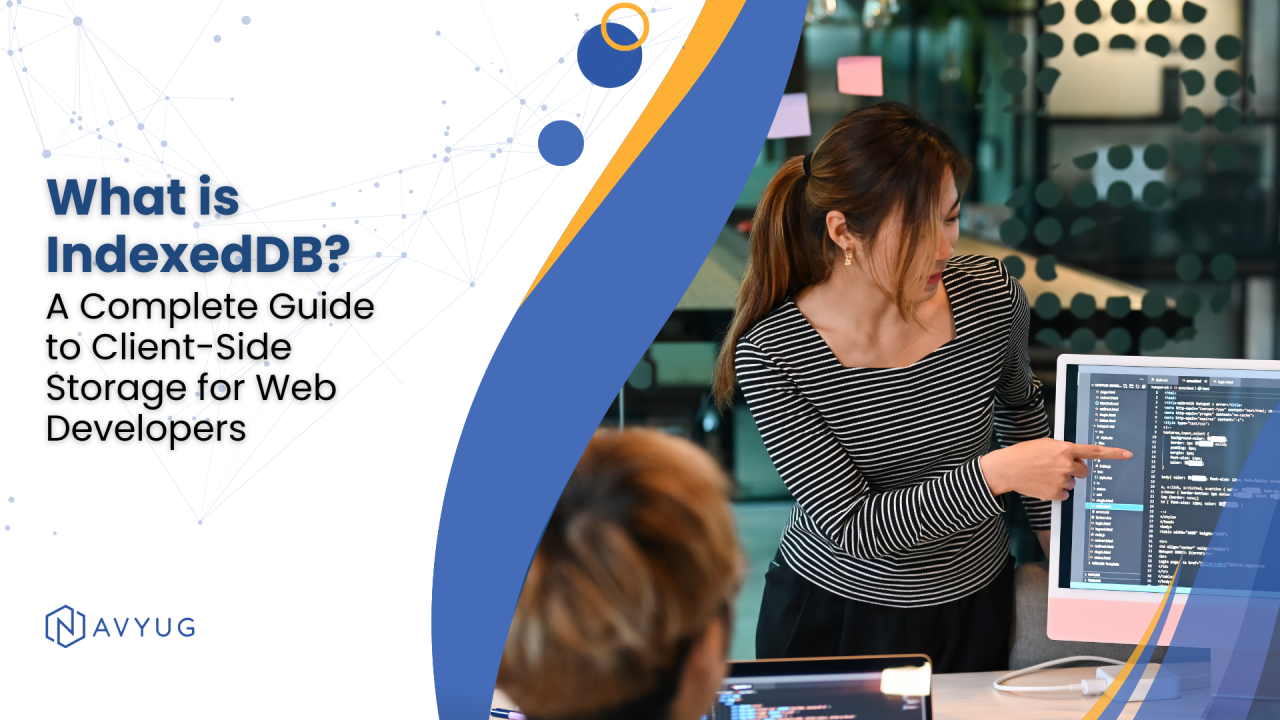
What is IndexedDB? A Complete Guide to Client-Side Storage for Web Developers
In the world of web development, efficient data storage is crucial for creating fast, reliable, and user-friendly web applications. IndexedDB is a powerful client-side storage solution that offers robust features to handle large amounts of structured data. This guide will introduce you to IndexedDB, explain its importance, and show how you can use it to enhance your web development projects.
What is IndexedDB?
IndexedDB is a low-level API provided by modern web browsers for client-side storage of significant amounts of structured data. Unlike LocalStorage, which is limited to storing small amounts of string data, IndexedDB allows you to store complex data types, including objects and files, in a database-like structure.
Here are some of the key characteristics of IndexedDB:
Why Use IndexedDB?
IndexedDB is ideal for scenarios where you need to store a large amount of data on the client side, such as:
Getting Started with IndexedDB: Key Concepts
Before diving into the implementation, it’s essential to understand some key concepts that form the foundation of IndexedDB:
How to Use IndexedDB in Web Applications
Let’s walk through a simple example of using IndexedDB to create a database, add data, retrieve data, and perform CRUD (Create, Read, Update, Delete) operations.
1. Creating a Database
To start using IndexedDB, you first need to create a new database or open an existing one. The indexedDB.open() method is used to create or open a database.
2. Adding Data to IndexedDB
Once the database is created, you can add data to it. Here’s how you can add a new customer record to the customers object store.
3. Reading Data from IndexedDB
To read data from IndexedDB, you can use the get() method to retrieve a specific object or the openCursor() method to iterate over all records.
领英推荐
4. Updating Data in IndexedDB
Updating data in IndexedDB involves retrieving the data first, modifying it, and then saving it back.
5. Deleting Data from IndexedDB
Deleting data is straightforward using the delete() method.
Best Practices for Using IndexedDB
Conclusion
IndexedDB is a powerful client-side storage solution that provides developers with the flexibility to store and manage complex data structures in web applications. By leveraging IndexedDB, you can create faster, more reliable, and offline-capable web applications that deliver a superior user experience.
If you’re looking to build modern, data-driven web applications, IndexedDB is a must-have tool in your development toolkit. Start experimenting with it today and see how it can elevate your web development projects!
Written By: Aayush Gautam